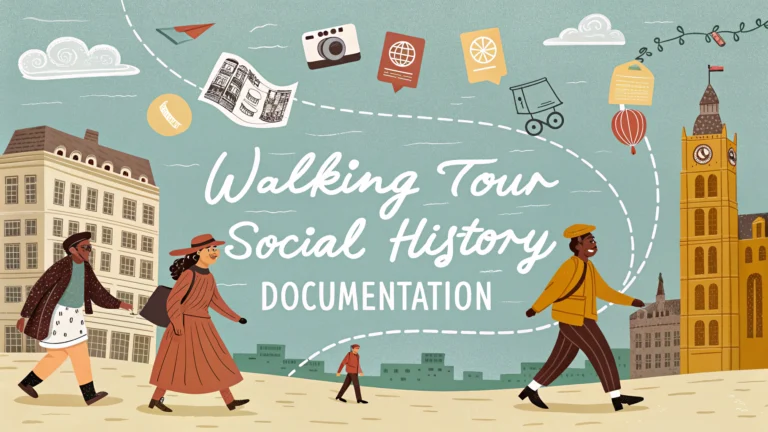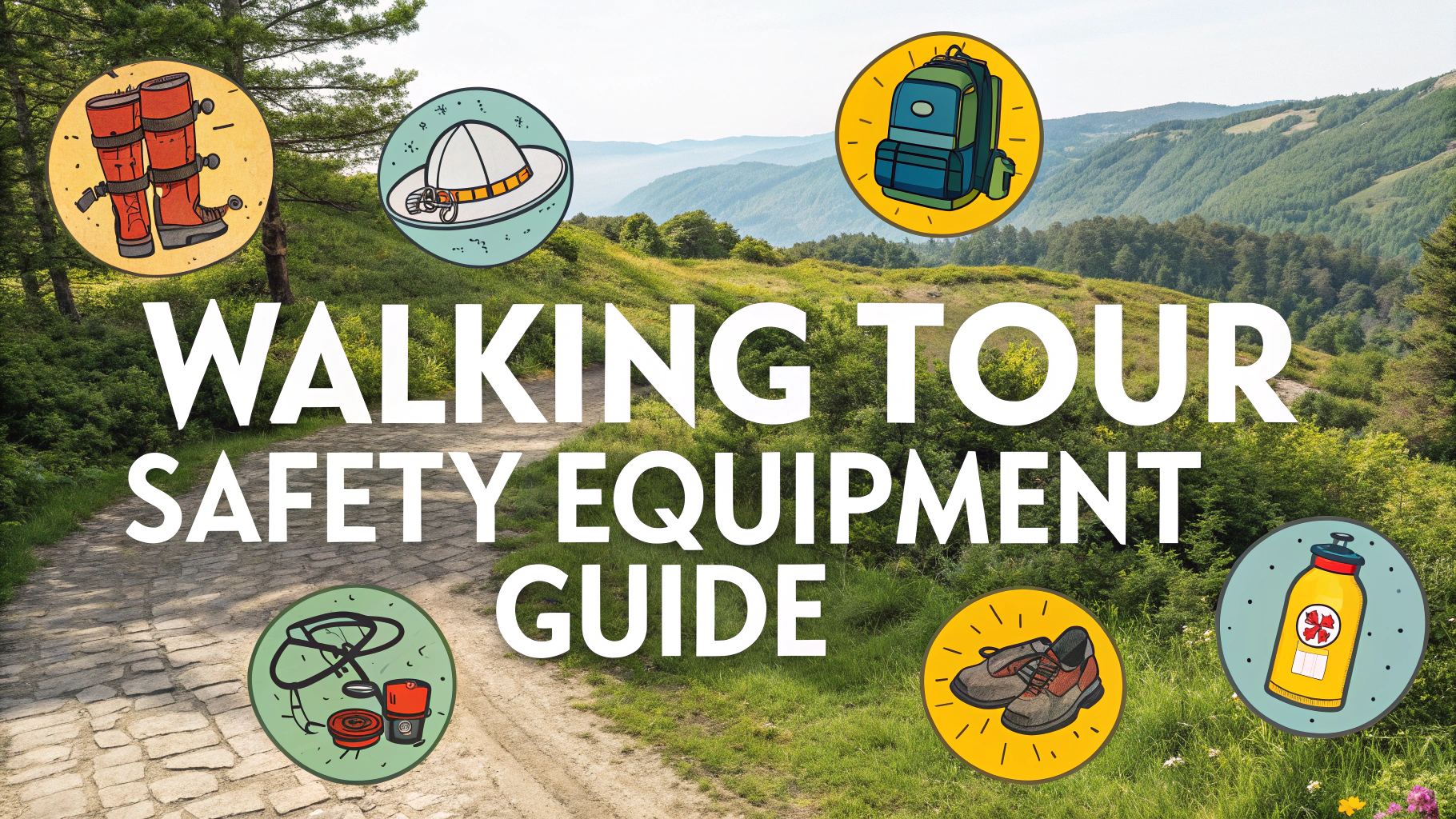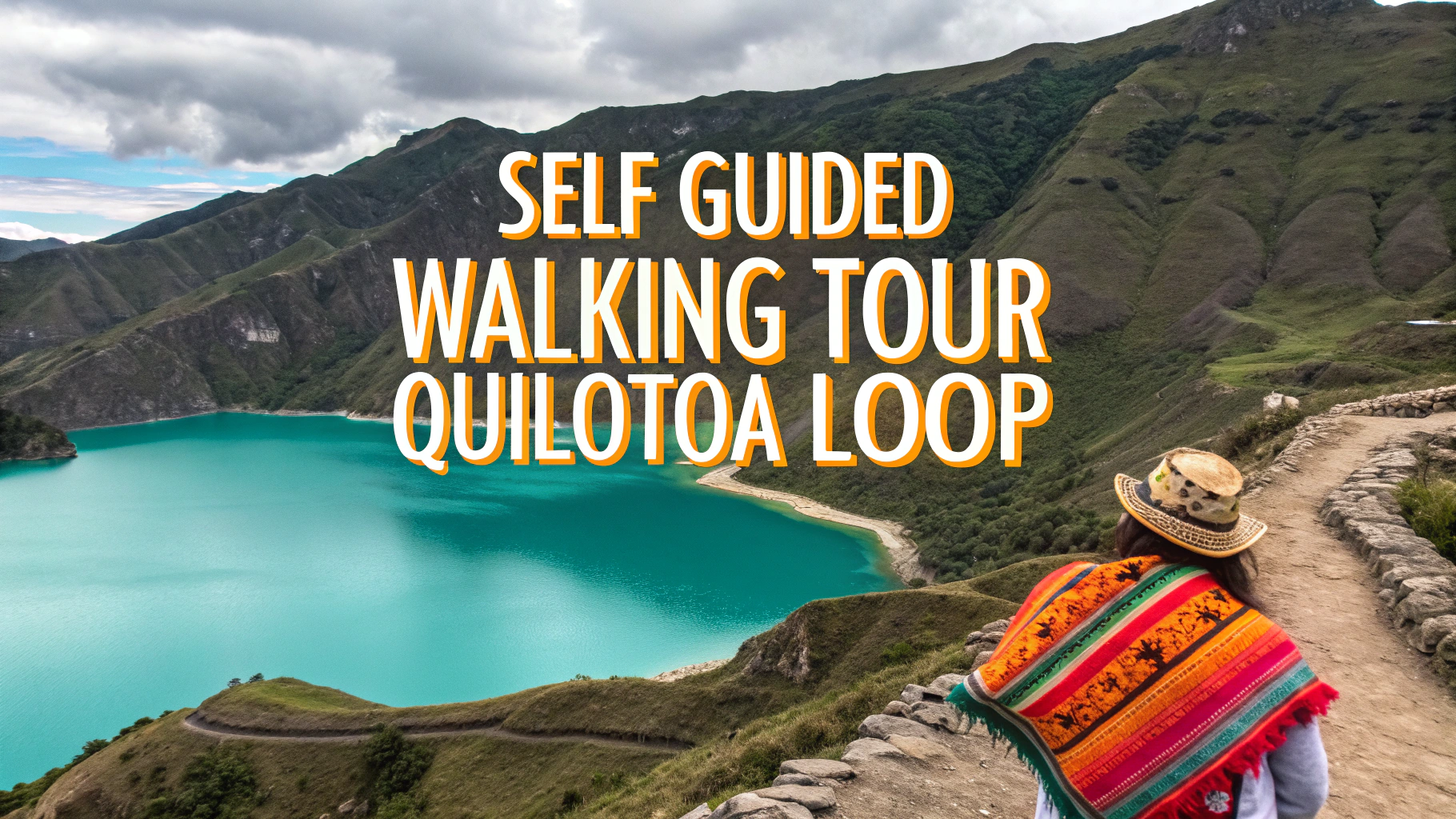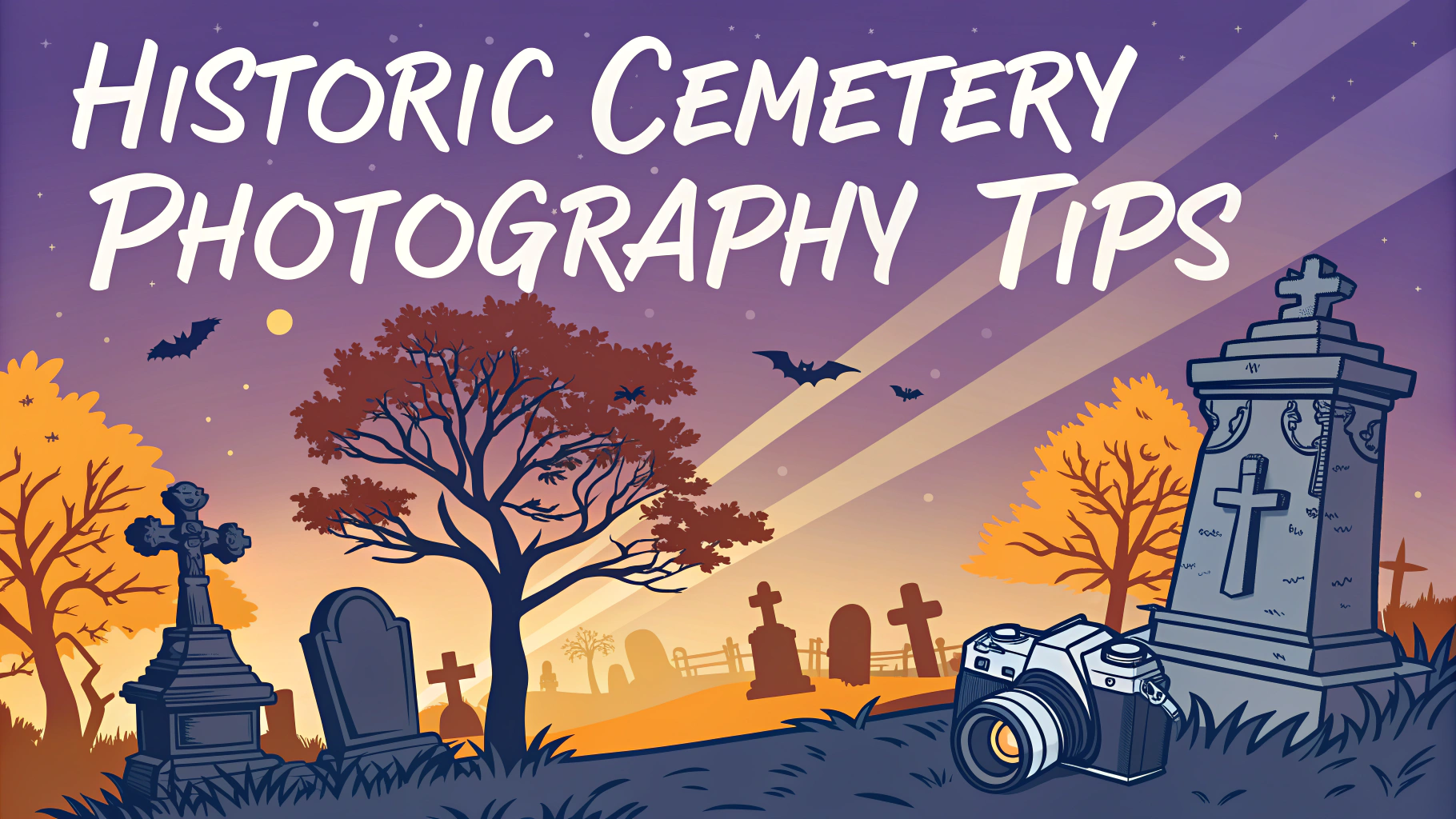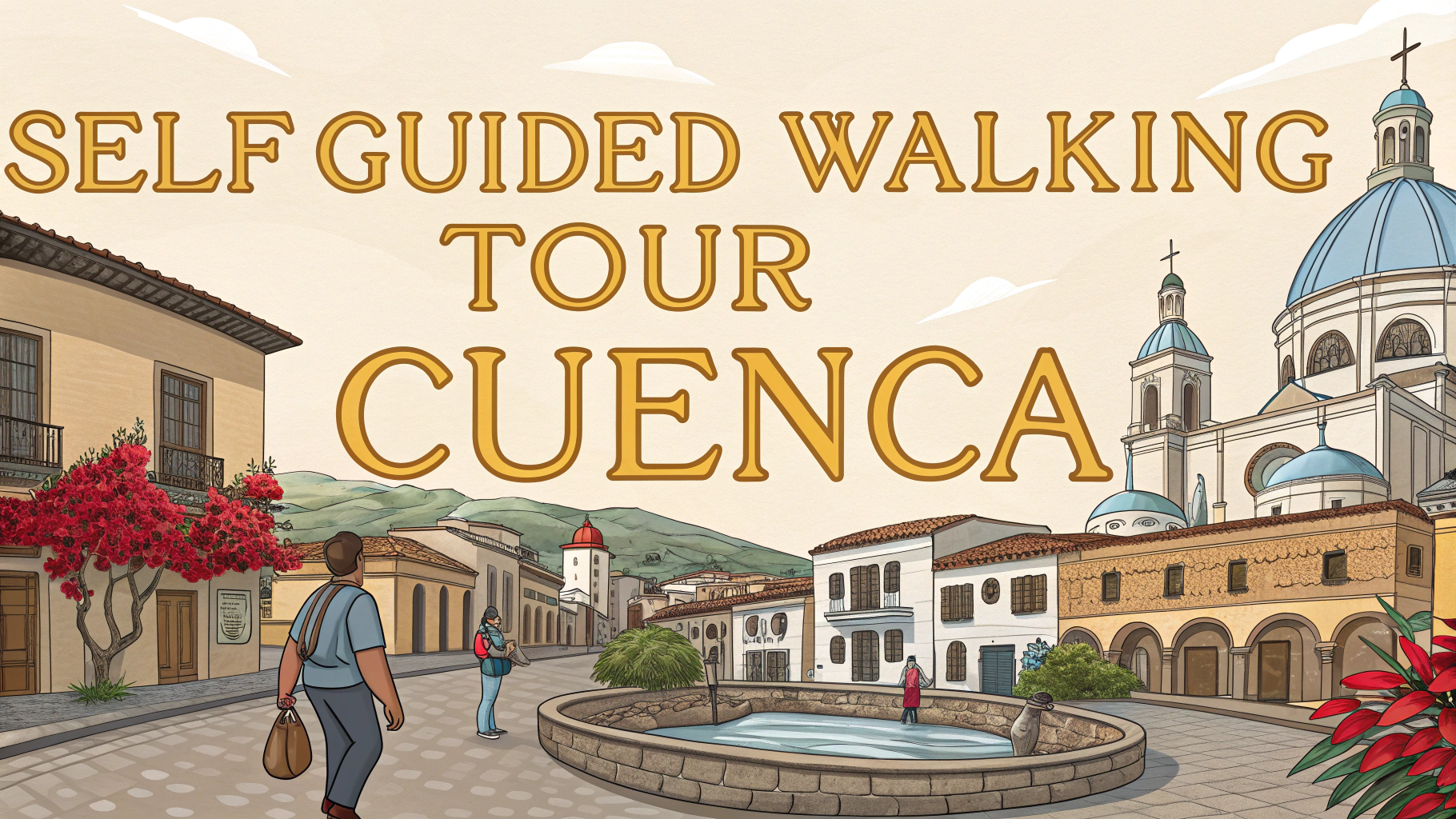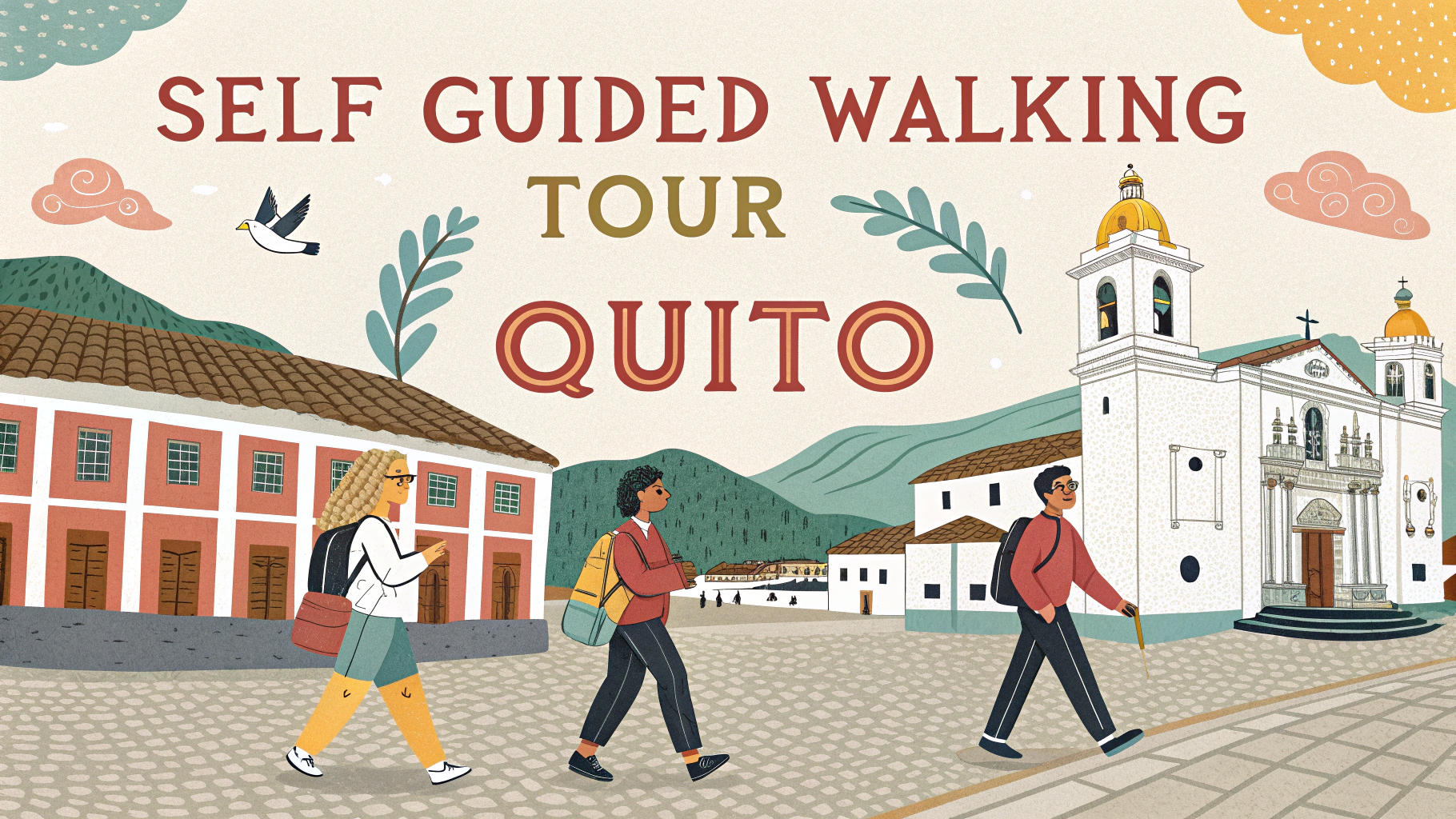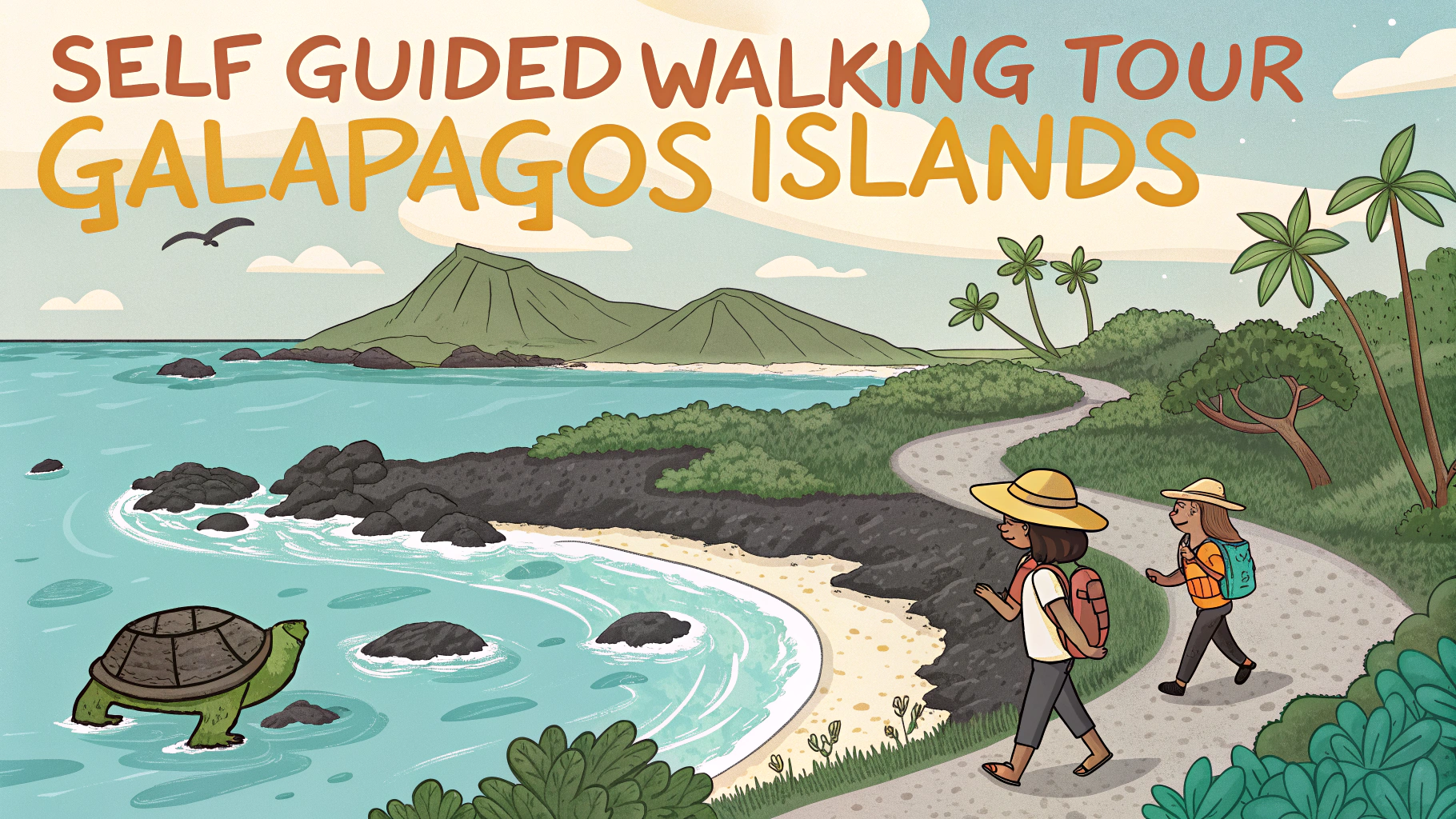Walking tours offer an intimate way to explore and understand a city’s social history while moving at your own pace.
Self-guided walking tours give travelers the flexibility to start, stop, and modify their route as they please, making them an ideal choice for independent explorers.
Planning Your Walking Tour
- Download offline maps before starting
- Wear comfortable walking shoes
- Carry water and weather-appropriate gear
- Bring a portable charger for your phone
- Pack a small notebook for observations
Documentation Tips
Take photos of historical markers and buildings, making sure to capture any informational plaques or signs.
Record audio notes about your observations and interesting details you discover along the way.
Recommended Apps and Tools
- Google Maps – Create custom routes and save offline
- GPSmyCity – Access pre-made walking tours
- PocketGuide – Audio guides for various cities
- Historvius – Historical site information
Research Sources
- Local libraries and archives
- Historical societies
- Municipal websites
- University research departments
Documentation Methods
| Method | Tools Needed | Benefits |
|---|---|---|
| Photography | Camera/Phone | Visual record, easy sharing |
| Written Notes | Notebook/Phone | Detailed observations |
| Audio Recording | Voice Recorder | Capture ambient sounds |
Safety Tips
- Share your planned route with someone
- Stay aware of your surroundings
- Keep valuables secure
- Check neighborhood safety information beforehand
Consider timing your walk during daylight hours for better photography and safety.
Additional Resources
- National Archives – Historical records and research guides
- Library of Congress – Digital collections and maps
- Historic England – Building histories and architectural guides
Documentation Format Template
Location: Date: Start Time: End Time: Weather: Route Highlights: Historical Points of Interest: Architectural Features: Social History Notes: Additional Observations:
Remember to verify historical information from multiple sources to ensure accuracy in your documentation.
Route Planning Strategies
Creating a themed route enhances the focus and educational value of your walking tour. Consider organizing walks around specific historical periods, architectural styles, or cultural movements.
Theme Examples
- Victorian Architecture
- Industrial Heritage
- Literary Landmarks
- Cultural Districts
- Public Art installations
Time Management
Allocate sufficient time for unexpected discoveries and photo opportunities. A typical walking tour segment should last 2-3 hours to prevent fatigue.
Suggested Schedule
| Duration | Activity |
|---|---|
| 15 minutes | Initial orientation |
| 90 minutes | Primary route exploration |
| 30 minutes | Documentation and rest |
Interactive Elements
Enhance your walking tour experience by incorporating interactive elements that engage with the environment and local community.
- Sketch buildings or streetscapes
- Interview local residents (with permission)
- Collect rubbings from historical markers
- Create time-lapse photography sequences
Conclusion
Walking tours provide an enriching way to document and understand urban history. Through careful planning, proper documentation, and engaging with various resources, you can create meaningful records of your explorations while contributing to the broader understanding of local heritage.
Final Recommendations
- Join local history groups for shared experiences
- Consider publishing your findings online
- Maintain digital backups of all documentation
- Share your research with local archives
FAQs
- What exactly is a walking tour focused on social history?
A social history walking tour explores how ordinary people lived in the past, examining aspects like working conditions, housing, entertainment, social customs, and daily life of different social classes in specific neighborhoods and time periods. - How long does a typical self-guided walking tour take to complete?
Most self-guided walking tours take between 1-3 hours to complete, depending on the route length, number of stops, and how much time you spend at each location. - What should I bring on a self-guided walking tour?
Essential items include comfortable walking shoes, weather-appropriate clothing, water, a charged mobile device if using digital guides, printed maps/guides, and a camera to document historical sites. - How do I find reliable historical information for creating a self-guided tour?
Local libraries, historical societies, city archives, landmark preservation organizations, and university collections are excellent sources for verified historical information and documentation. - Can I access historical buildings on self-guided walking tours?
While many historical buildings are private or have restricted access, you can often view exteriors and architectural details. Some public buildings may allow interior access during specific hours. - What’s the best way to document historical sites during the tour?
Use a combination of photography, note-taking, and recording apps. Many historians recommend sketching buildings and documenting architectural details that might not be visible in photos. - How do I identify important historical landmarks on my route?
Look for historical markers, plaques, listed buildings registers, and local heritage designations. Many cities maintain official databases of historically significant sites. - What role do oral histories play in social history walking tours?
Oral histories provide firsthand accounts of local life, adding personal perspectives and details about neighborhood changes, community events, and social conditions not found in official records. - How can I incorporate historical maps into my walking tour?
Historical maps can be overlaid with modern maps to show urban development, changed street patterns, and lost buildings. Many libraries offer digital archives of historical maps for reference. - What’s the significance of architectural styles in social history tours?
Architectural styles reflect social conditions, economic status, and cultural values of different periods. They help illustrate how communities developed and how different social classes lived.
